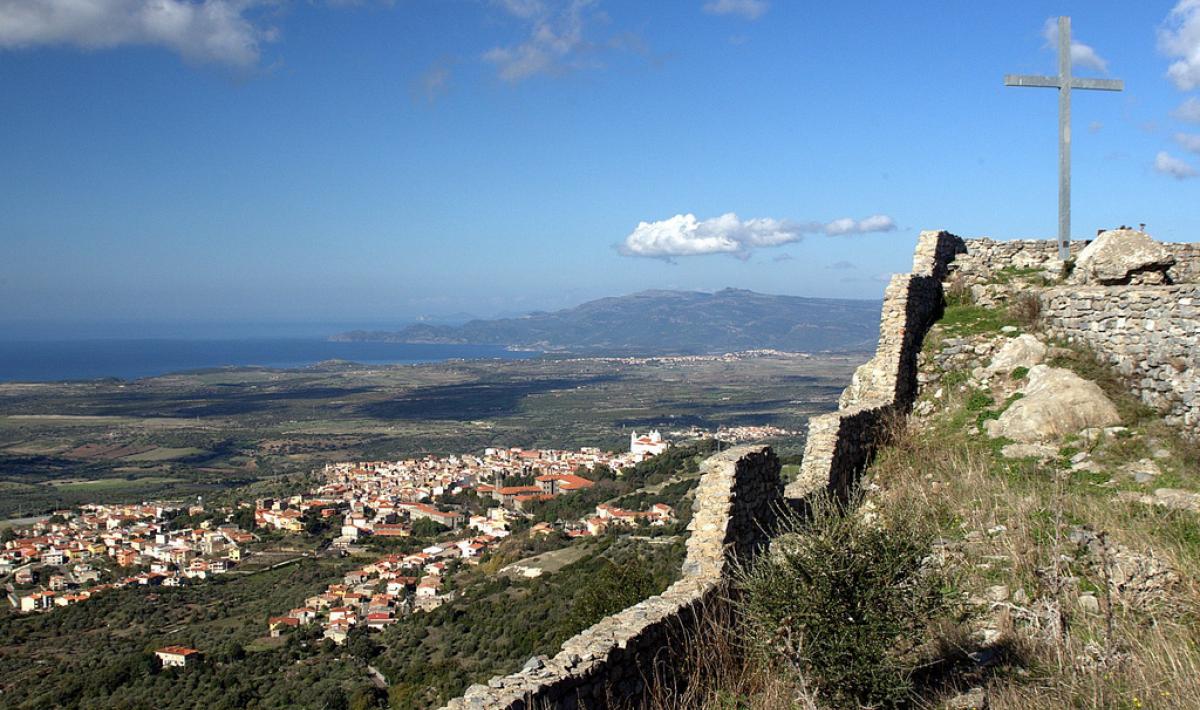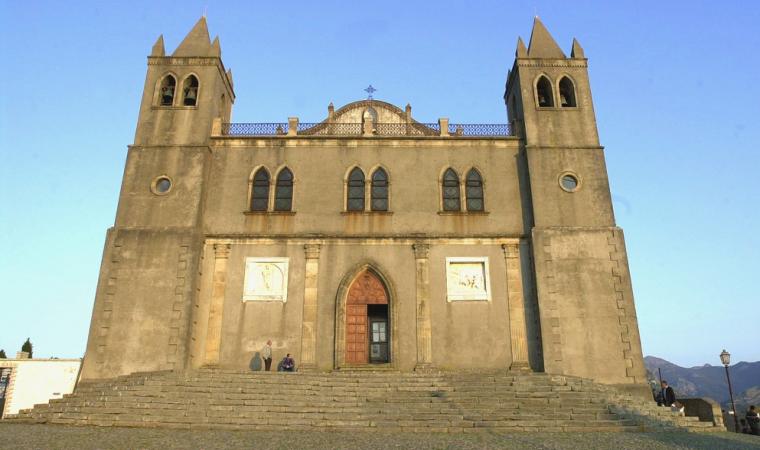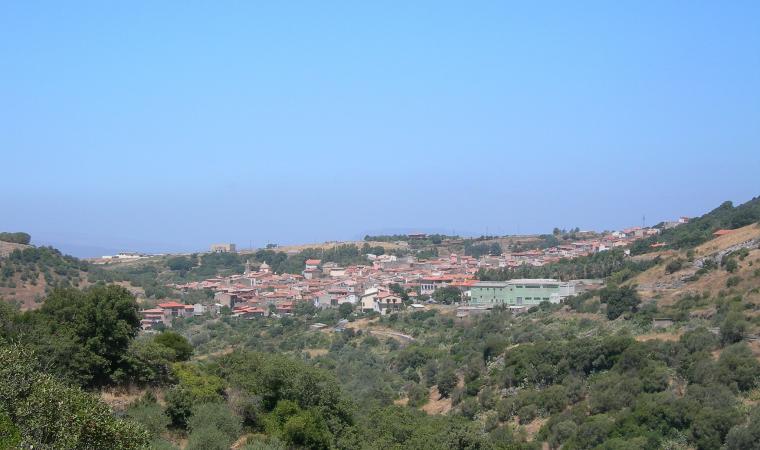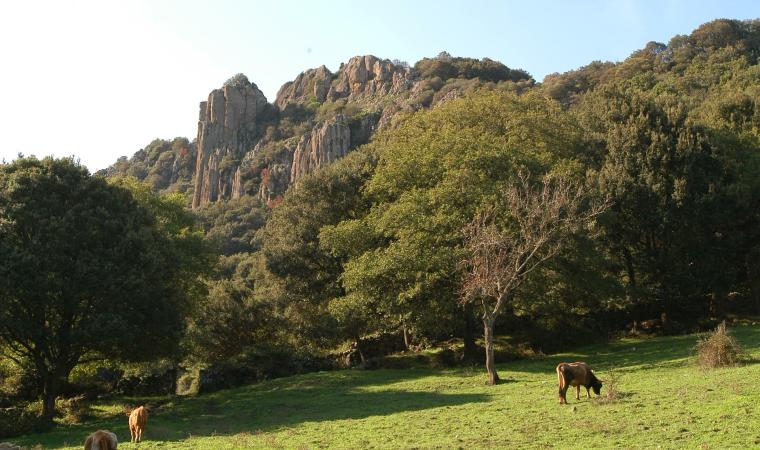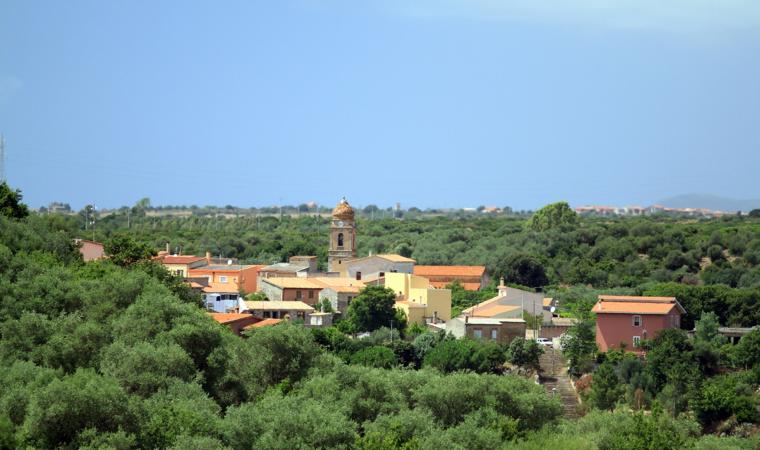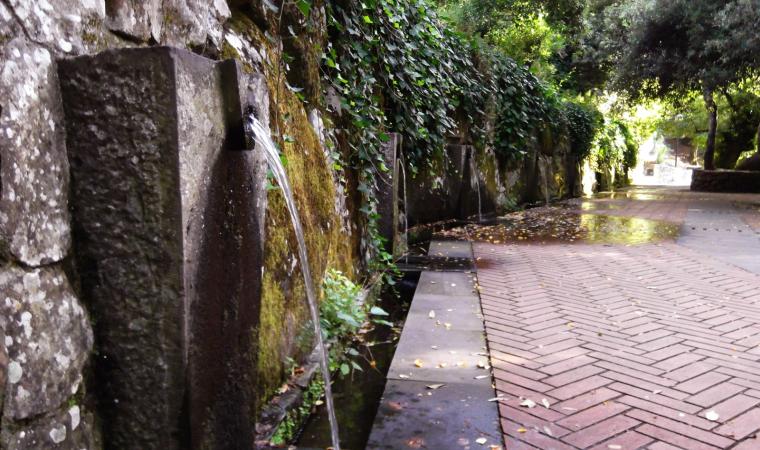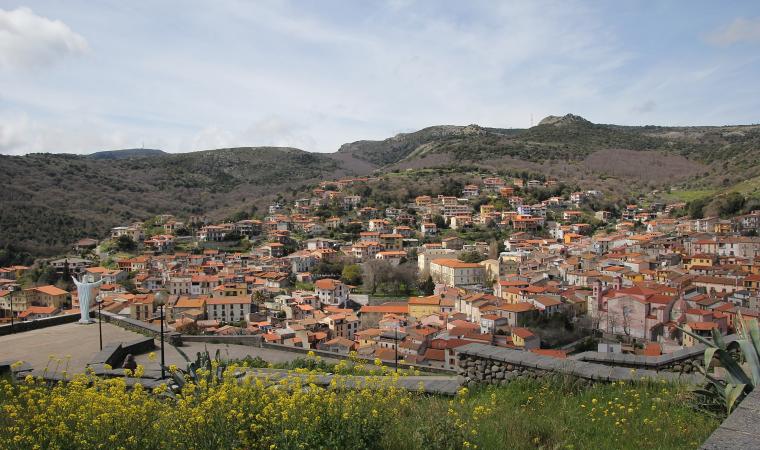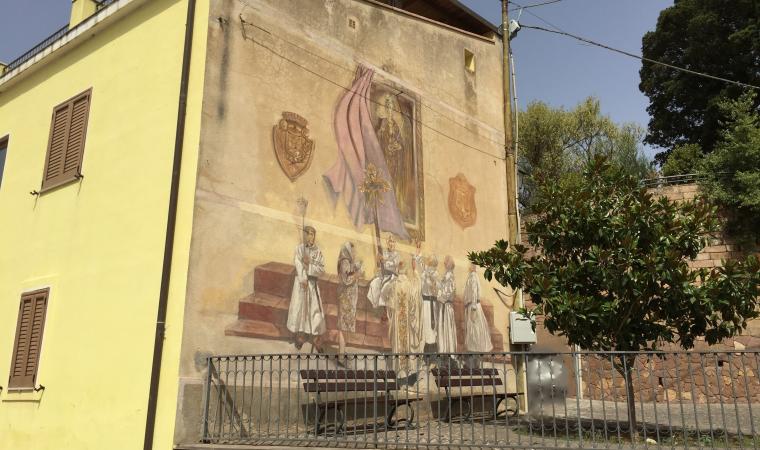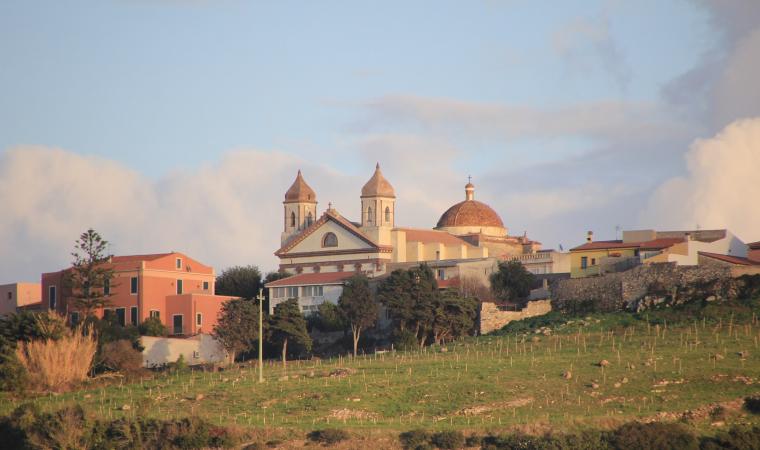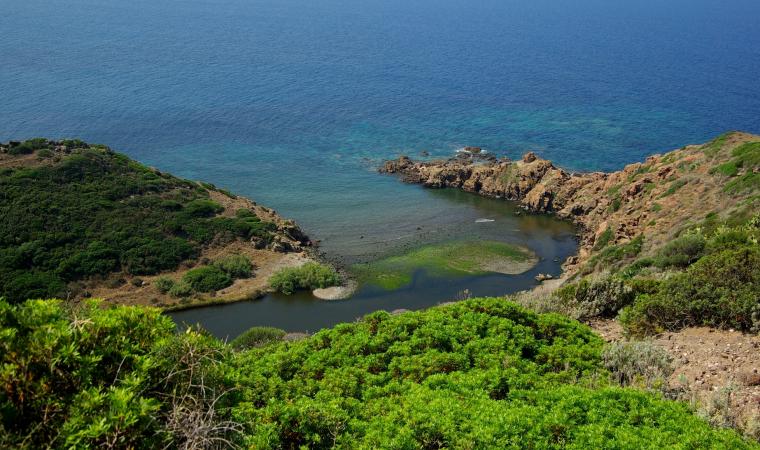The horizon was once scanned from its towers to spot enemies, agreements were made and treaties were signed within its walls, and refuge was desperately sought before leaving the Island forever. The Montiferru castle, known as Casteddu Ezzu, holds ancient memories in its ruins, where history fades into legend and where political intrigue, thwarted loves and betrayals followed one another, before being abandoned to oblivion, symbolically testifying to the end of a legendary period in Sardinian history.
The fortress, perched on a basaltic hill of the Montiferru massif, just over three kilometres from Cuglieri, was built by Ittocorre, brother of Judge Barisone II, to better control the southern border of the Judicate of Torres. It undoubtedly already existed in 1196, since it is mentioned in a document, while it became a possession of the judges of Arborea during the 13th century. With the Aragonese conquest, it ceded to the noble Spanish Zatrillas family in the fifteenth century.
From that moment on, the manor became part of the tormented story of Donna Francesca, Countess of Cuglieri, who was the very young and unhappy wife of the Marquis of Laconi, Don Agostino Castelvì. Following the dishonourable accusation of being involved, along with her lover, in the assassination of her husband and in the plot against Viceroy Camarassa, the countess took refuge in the castle in 1668. When she discovered that a commissioner, at the head of a thousand horsemen, was about to arrive from Oristano to arrest her, she managed to escape in an adventurous way, reaching the cove of Foghe, where she set sail and never again returned to her land. The manor was confiscated by the Aragonese Crown and sold to a nobleman from Cagliari, but within a few years it was abandoned for good. It is said that the ruins are haunted by two ghosts: following an ambush that hit the family of the last owner, only the youngest son and his nurse were saved, by hiding in the basement. but they were fatally trapped. At night, the lullabies that the nurse sang to the child seem to be heard.
Today, you can still see the traces of the perimeter walls and the remains of the watchtowers and basements, which may have served as a cistern and as accommodation for the garrison. The building, which had a longitudinal layout, was constructed with square blocks of basalt and local limestone, and bricks in the spaces on the lower level. From the top of the hill, you have a 360-degree view of Montiferru, with mountains, plateaus and valleys, all the way to the coast. Moving south, you can go on another journey in time by visiting the ruins of the ancient city of Cornus, the island’s episcopal centre in the early Christian period and previously the heart of Punic resistance against the Roman Empire. Beautiful scenery awaits you along the coast, in the seaside villages of Santa Caterina di Pittinuri, s'Archittu and Torre del Pozzo.

